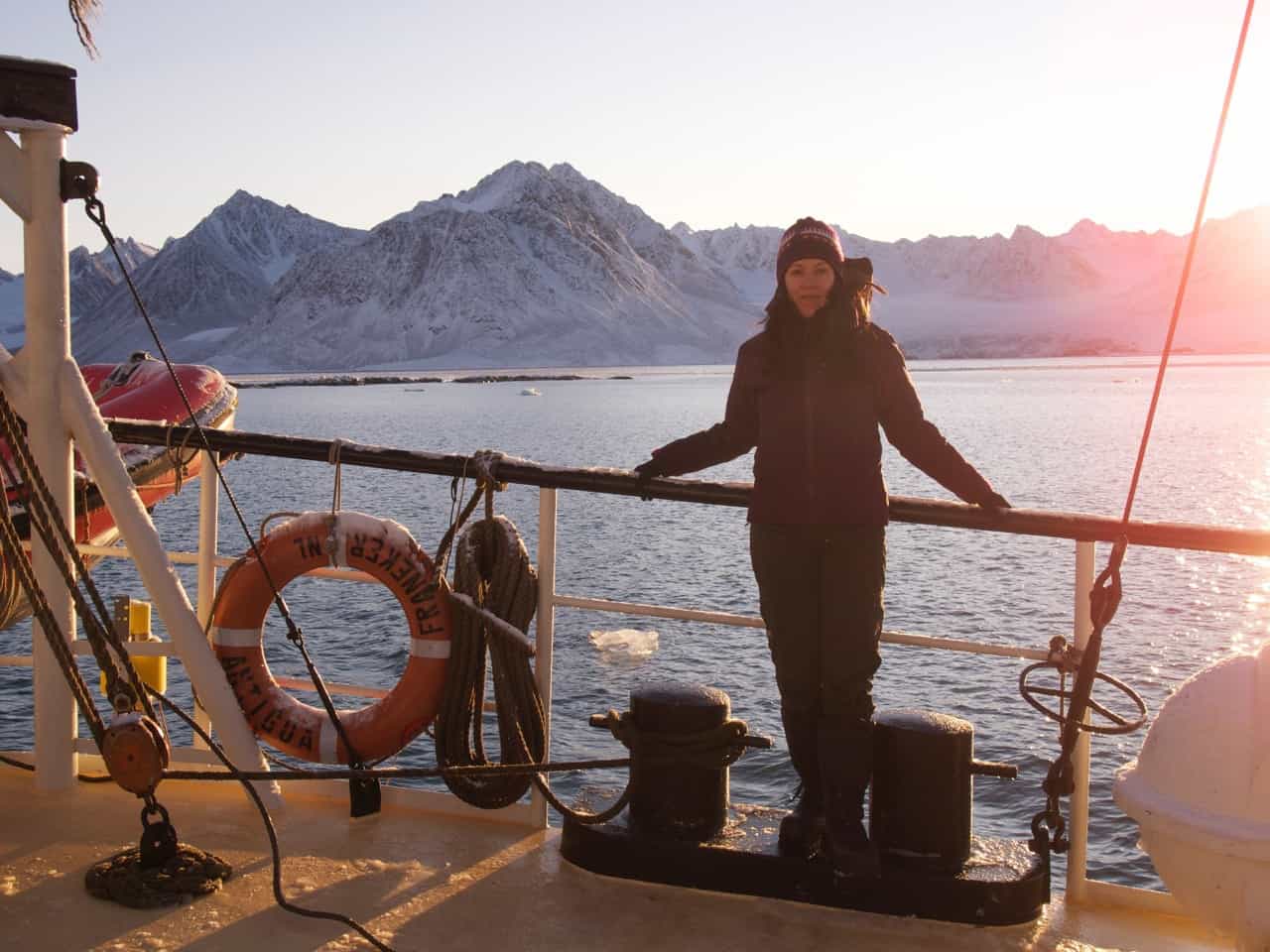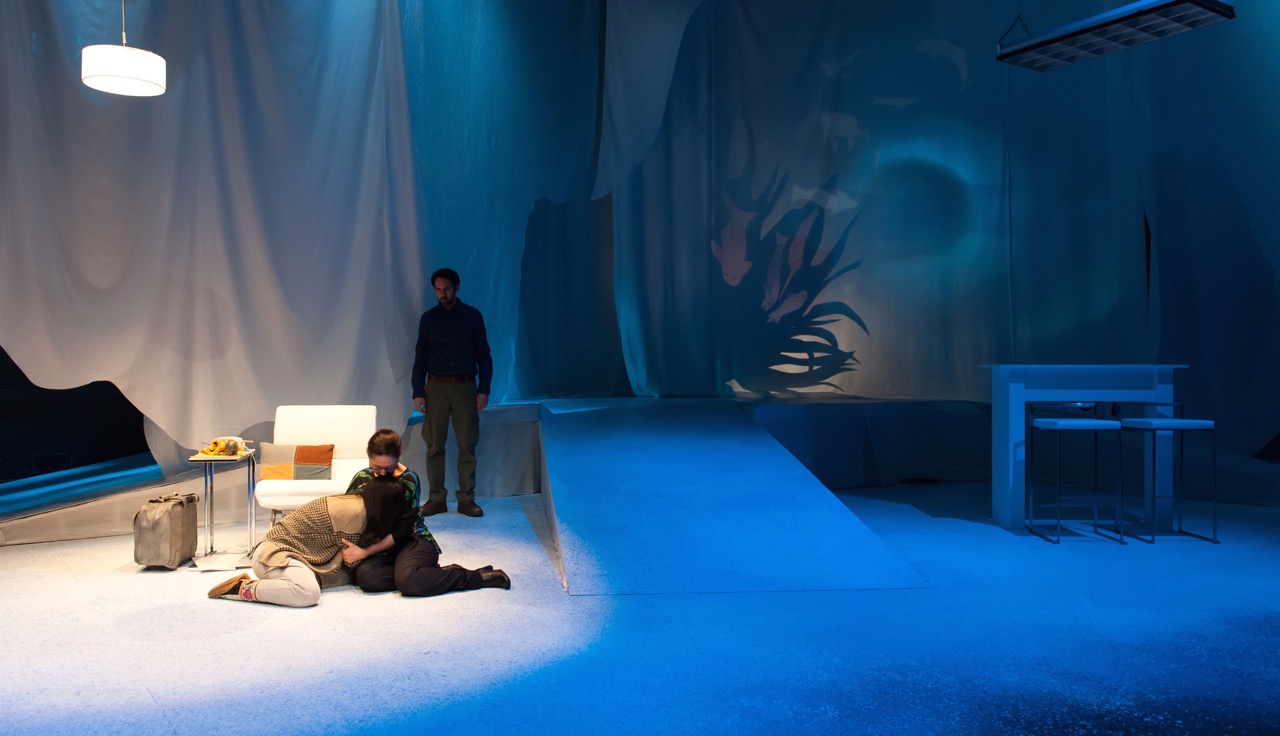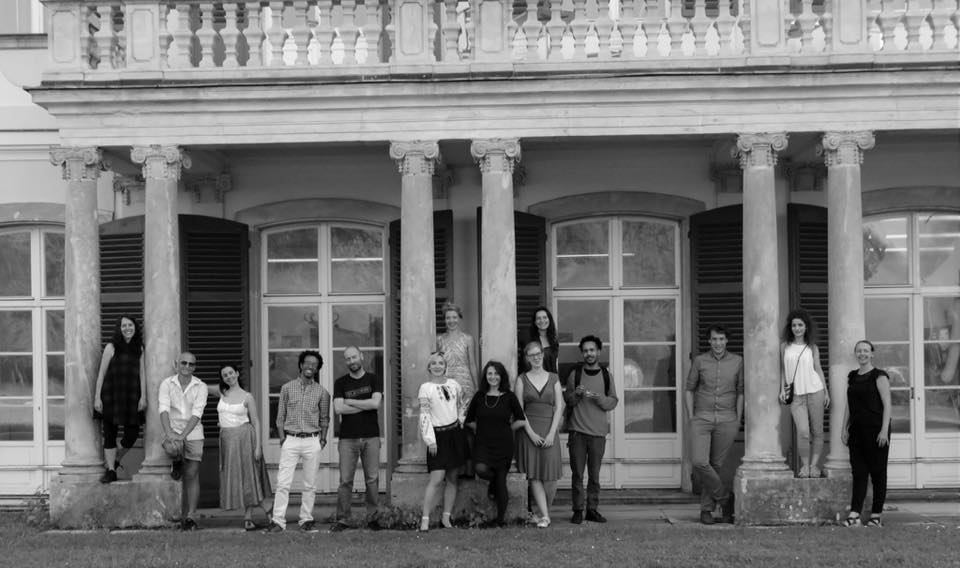By Chantal Bilodeau, playwright
This could have been the title of my application to the first Citizen Artist Incubator (CAI) hosted at IIASA September 4-30, 2016. I am a Canadian playwright and research artist based outside of New York City, whose work deeply engages with climate change. For me, IIASA was the ultimate dating pool.

Playrwright Chantal Bilodeau is working on a series of plays about the impact of climate change on the eight countries of the Arctic. Photo courtesy Chantal Bilodeau
My belief in art/science romance was further reinforced when IIASA Director General and CEO Professor Dr. Pavel Kabat told us – thirteen artists from Europe, the Middle-East, Africa and America – during one of our sessions, “You have a big responsibility, my friends.” He was referring to the need for artists to engage with pressing global issues, and help change negative narratives into positive narratives of opportunity and social innovation. Big responsibility, indeed. And all the more reason for artists and scientists to become bedfellows.
I came to IIASA to do research for a play about human and animal migration, set in Alaska. The play is part of a long-term project titled The Arctic Cycle. A series of eight plays that look at the social and environmental changes taking place in the eight countries of the Arctic, The Arctic Cycle seeks to 1) bring attention to the changes happening in the Arctic and the impact those changes are having on local communities; 2) encourage international and multidisciplinary collaboration across Arctic countries, and; 3) translate scientific data into personal stories.

Sila was the first of the eight plays in the Arctic Cycle. it focuses on Canada. Credit: A.R. Sinclair Photography
I wanted to talk to scientists to get information for my play, but also to explore what might be possible. How can we join forces? How can my talent and skills and sphere of influence be combined with yours to create greater impact? I reached out to people in the Arctic Futures Initiative, the World Population program, and the Evolution and Ecology program. In addition to pointed questions about migration I asked questions like: “If there was one thing you would like people to understand about your field that I could communicate through my work, what would it be?” “Are there situations where having an artist’s perspective in addition to a scientist’s perspective would be useful?”
Everyone was extremely generous with their time and graciously answered my questions. I was pleased to find out there is genuine interest in investigating where art and science might intersect. The most obvious intersection, of course, is in “translating” scientific information into works of art that are then presented in traditional venues. But what about other intersections? Could artists facilitate conversations between scientists and stakeholders? Could a play (as I experienced once before) set the tone for an entire conference? What would be the value of having an artist embedded into a scientific program? Or a field trip?
Thanks to Gloria Benedikt, Merlijn Twaalfhoven, and their partners who invited me to participate in CAI, I came away from IIASA with concrete and up-to-date information for my play, and ideas for activities and programs that could bring art and science closer together around issues of climate change. I also left with a few email addresses and phone numbers. I am hoping this may be the beginning of a courtship that will lead to long and meaningful relationships.

Participants in the Citizen Artist Incubator 2016 ©Patrick Zadrobilek
This article gives the views of the author, and not the position of the Nexus blog, nor of the International Institute for Applied Systems Analysis.

You must be logged in to post a comment.